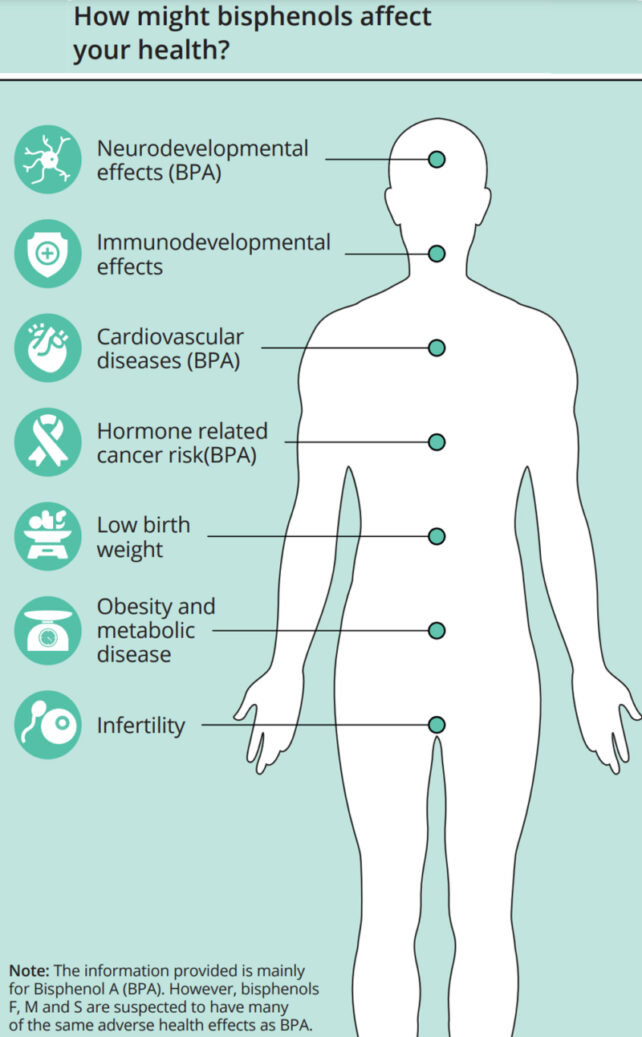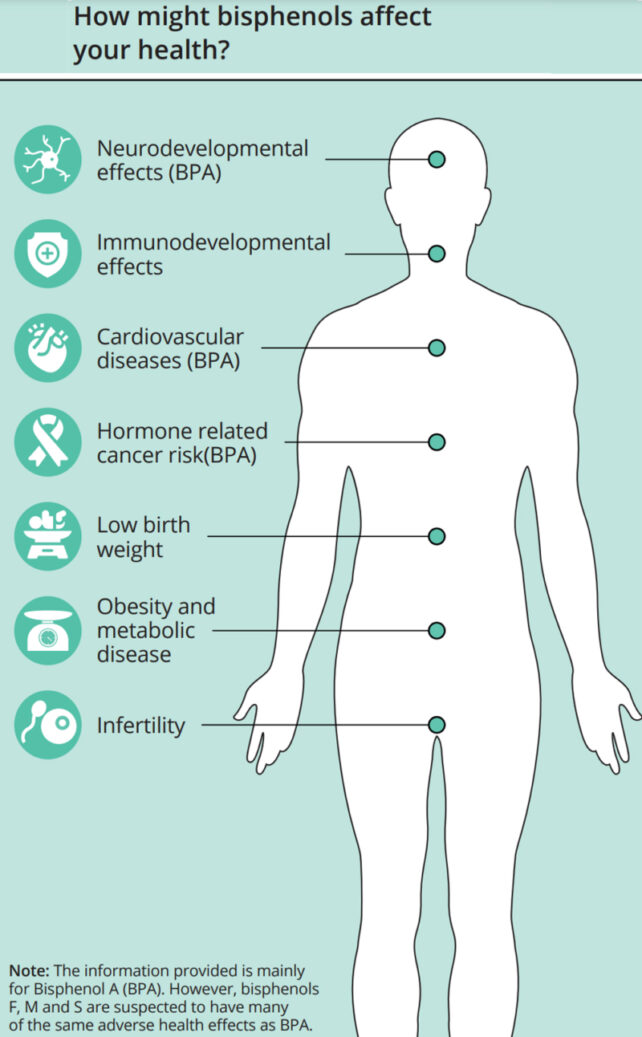
Bisphenol A (BPA) has been a point of contention among environmentalists, consumer advocates, and regulatory agencies for many years. In spite of demands for its prohibition due to its estrogen-like properties, both the FDA and the European Union have regularly reviewed BPA’s safety and concluded it is safe at the current exposure levels present in food. Some detractors, including New York Times columnist Nicholas Kristof, contend that industrial pressure has influenced regulatory outcomes, implying that “Big Chem” is hindering essential measures against possibly dangerous chemicals.
The debate partly stems from BPA’s chemical composition, which permits it to function as a mild endocrine disruptor. Although it exists in extremely small quantities, primarily in canned goods where it can leach from internal coatings, BPA is swiftly metabolized in humans. It undergoes transformations such as glucuronidation and sulfation in the liver, converting it into benign and water-soluble forms that are promptly eliminated, often leading to negligible levels in the bloodstream.
Previous research indicating elevated BPA levels in human samples is likely inaccurate due to contamination issues. The analytical difficulties in accurately measuring such low levels mean that earlier results could represent residual BPA introduced during blood sampling or testing, rather than an accurate determination of BPA present in the body.
The apprehensions surrounding BPA’s effects are especially pronounced for vulnerable groups like infants, owing to their developing biological systems. However, indirect evaluations, taking into account metabolism information from analogous compounds and extrapolating from animal studies, imply that BPA exposure in infants is minimal.
Despite the evidence endorsing the safety of BPA at existing exposure levels, public anxiety and discourse endure. As focus remains on BPA, larger critical environmental challenges, such as the overall effects of plastics and climate change, continue to present issues. Until definitive guidelines are established, the BPA controversy illustrates the complexities of evaluating chemical safety in an environment where scientific, regulatory, and public perceptions often clash.
